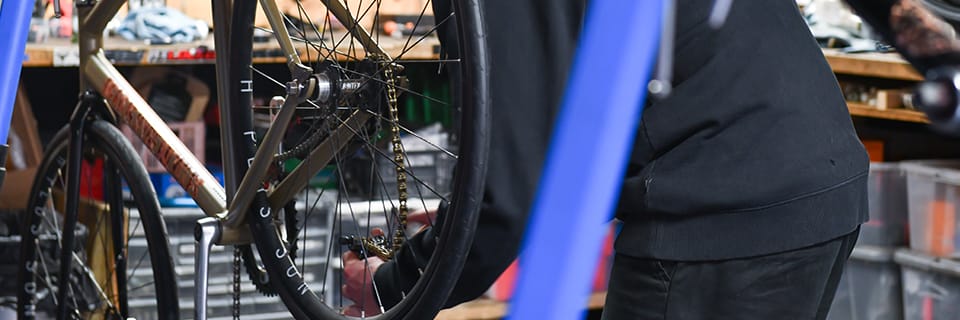When you become an avid cyclist and need to perform mechanical operations on your bike, it becomes essential to equip yourself with a workshop stand to facilitate complex operations. But what should you consider when buying a workshop stand?
- The different types of stand : double or tripod, folding, wall-mounted, bench-mounted
- Different hanging systems: clamp, bottom bracket, bottom bracket + wheel axle
- Options and accessories : ergonomics, integrated scale, tool tray
ALL YOU NEED TO KNOW ABOUT WORKSHOP STANDS
The different types of feet
There are different types of workshop feet to suit the specific needs, constraints and preferences of each user.
If you've got room to spare and want to work comfortably, a stand with double foot or tripod is ideal.
If you're on the move or looking for a compact, easily transportable solution, we recommend a folding workshop stand.
Finally, there are wall-mounted workshop stands or workbench. This is the best way of integrating the stand into your workshop and minimizing space requirements.
The different bike attachment systems
The most common attachment system is the clamp. Most often rotating through 360° and offering a wide range of spacings, it provides a workshop stand suitable for all types of bikes, but above all allows you to hang your bike from different points (top tube, seat tube, seat post, etc.). This type of attachment can also be used to maintain forks.
You'll also find at the bottom bracket. Very stable, this type of attachment is not necessarily suitable for bikes with large bottom brackets or electric-assist bicycles (EABs).
Last but not least, workshop stands with bottom bracket attachment + wheel axle. These are often high-end workshop stands used by the mechanics of major road bike teams (as they avoid the risks associated with clamping on high-end carbon frames). They can also be used for mountain biking, depending on the type of axle and housing.
Ergonomics and accessories
In order to work in the best possible conditions, it's important to have several accessories on hand. levels of adjustment. Indeed, during long hours of mechanical work, you'll appreciate having your bike set at the right height, and your tools within easy reach. So, depending on your size, it's a good idea to check whether the foot is at the right height. height-adjustable or not. It is sometimes possible to adjust the clamp rotation to ensure correct positioning.
In addition to these adjustments, accessories are available to match the workshop stand. These include a integrated scalea hook for holding the handlebars or a tray for holding tools. These accessories can save you time and energy when servicing your bike.
For the sake of comfort, it's also important to pay particular attention to the foot stability. The more points of support on the floor, the greater the stability (especially for work requiring strength). Professional workshop stands feature a cast-iron plate weighing in excess of 40 kg, providing excellent stability while minimizing floor clutter.
Which workshop stand is right for you?
Apart from considerations of size, ergonomics and comfort, the choice of your workshop stand will be guided by the weight of your bike on the one hand, and the material of the frame and main components on the other.Bike weight
We advise you to pay close attention to the maximum weight limit supported by the stand before purchasing, especially with a city bike, a DH/Freeride mountain bike or an electric bike, which regularly exceed 15, or even 20 kilos in the latter case.
Carbon frame and components
We advise you to be careful when tightening carbon components with the clamp on your workshop stand. Carbon is a very rigid and strong material, but it does not withstand compression. In the event of damage, the warranty is void. We therefore advise you to opt for a workshop stand with a double bottom bracket + axle clamp.
Découvrez tous nos conseils & Tutoriels
ACCESSORIES - Bike Workstands
-

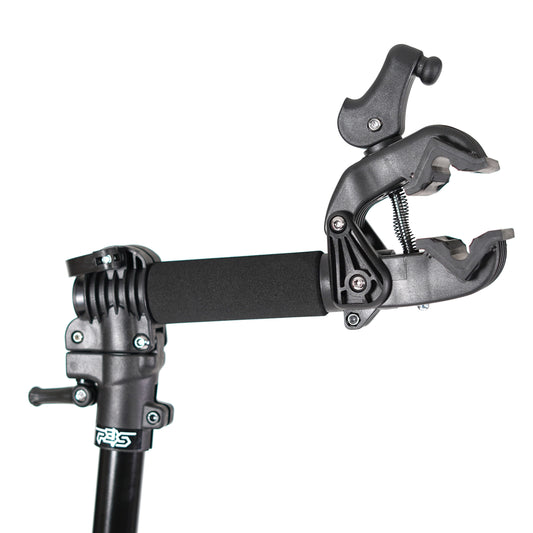
Workshop stand with shelf PBS TOOLS
Regular price 89,99 €Regular priceUnit price per -
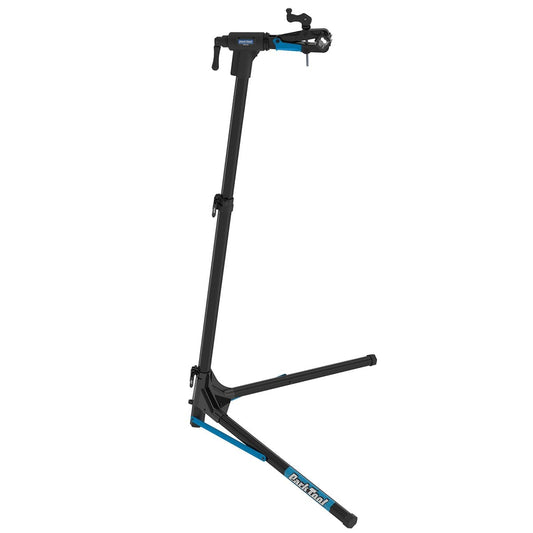
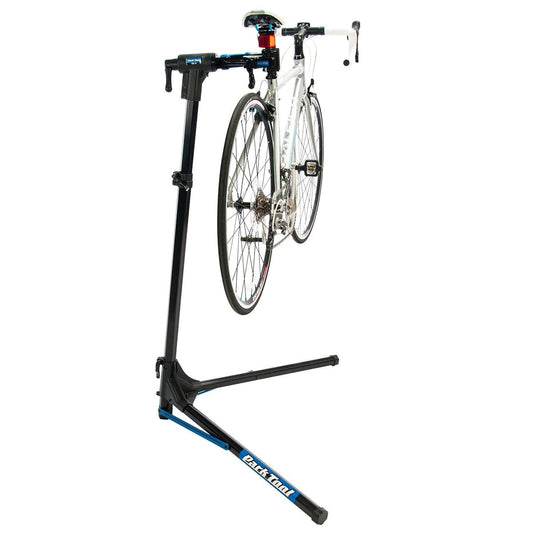
Workshop stand PARK TOOL TEAM ISSUE
Regular price 449,90 €Regular priceUnit price per -
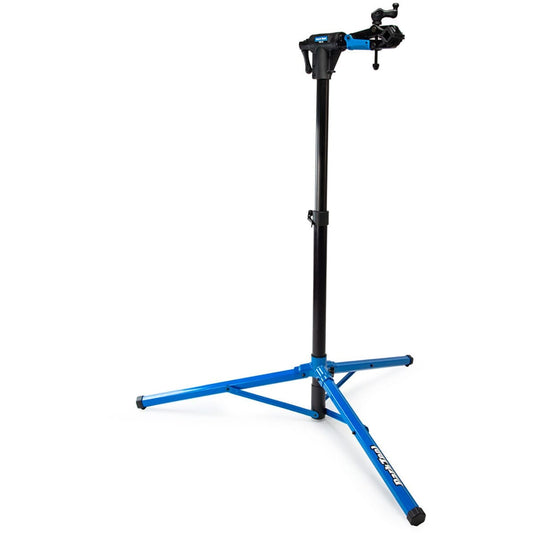
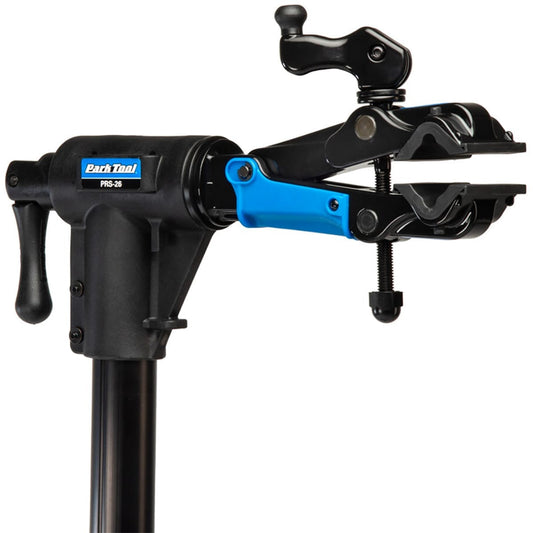
Workshop stand PARK TOOL TEAM ISSUE
Regular price 449,90 €Regular priceUnit price per -
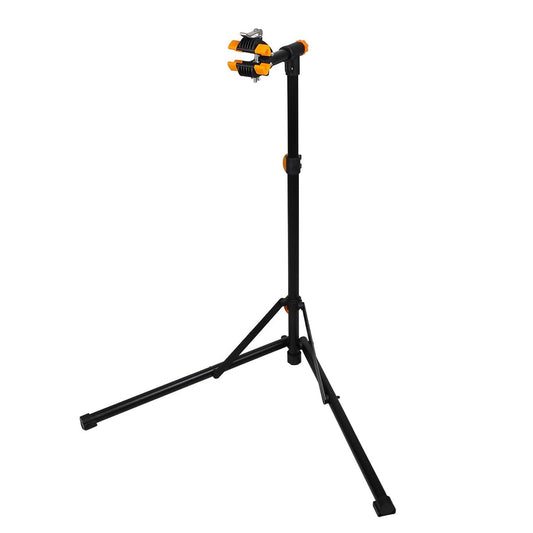
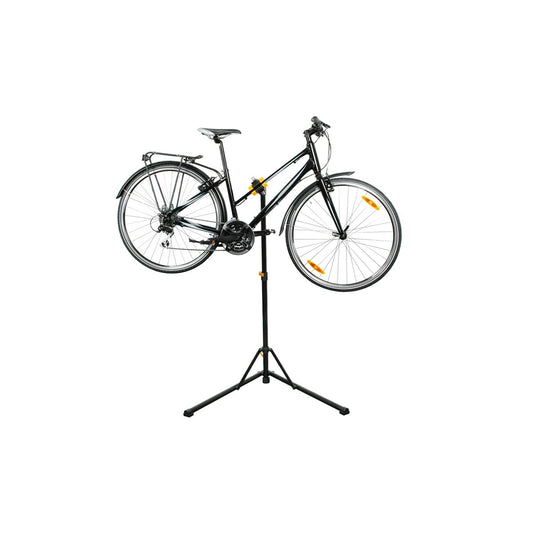
BIKE ORIGINAL EASYWORK II workshop stand
Regular price 64,99 €Regular priceUnit price per -

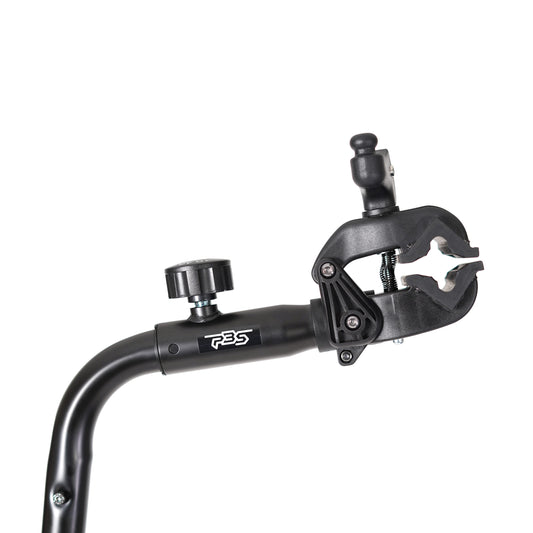
Workshop Stand PBS TOOLS Special E-Bike 50kg max
Regular price 129,90 €Regular priceUnit price per -
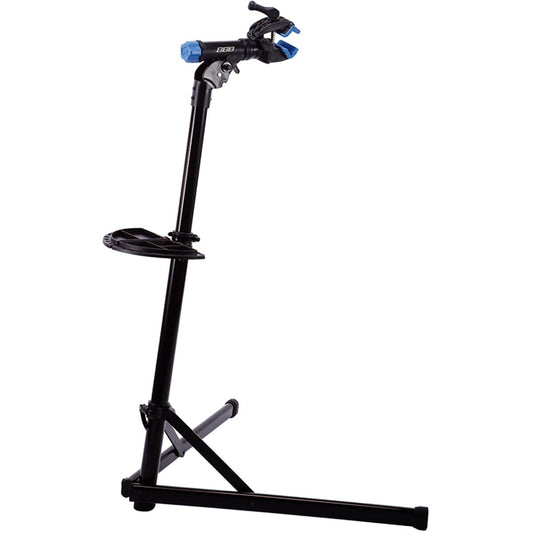
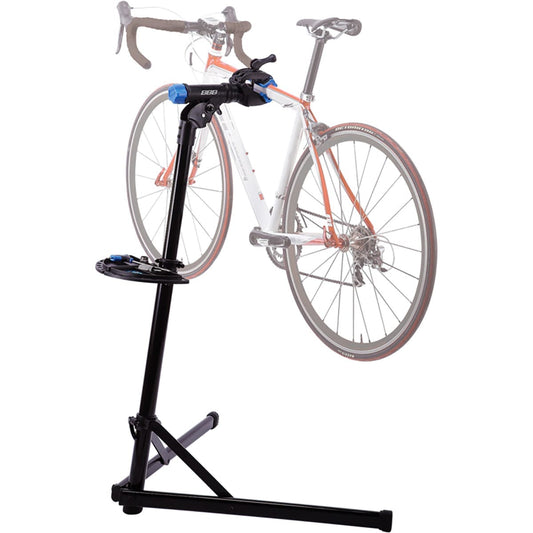
Workshop stand BBB PROFIMOUNT
Regular price 179,90 €Regular priceUnit price per -
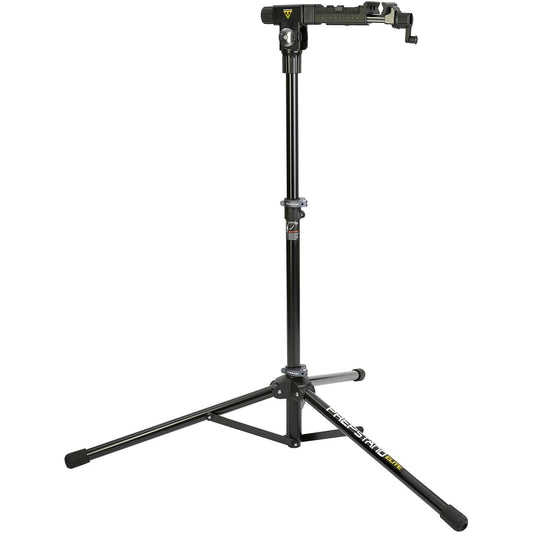
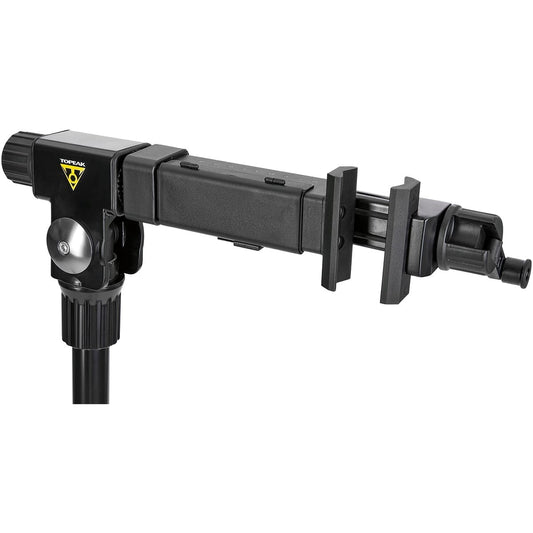
Workshop stand TOPEAK PREPSTAND ELITE MOUNTING
Regular price 259,90 €Regular priceUnit price per -
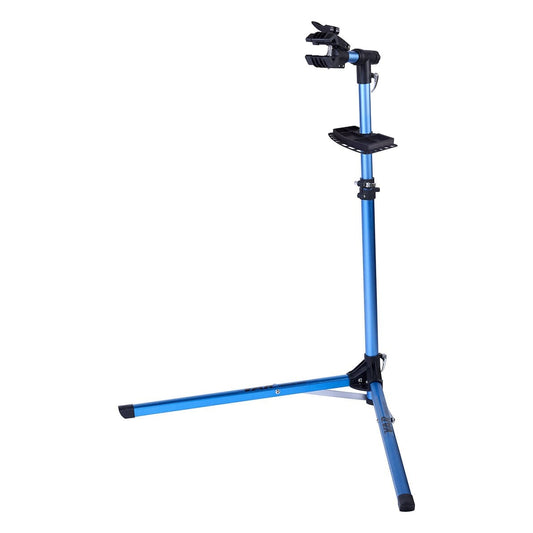
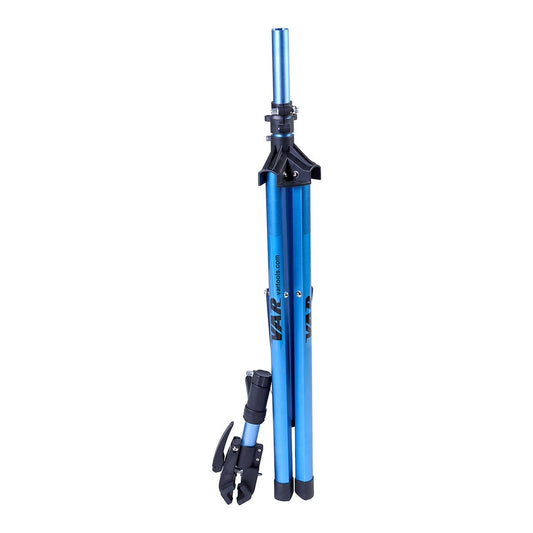
VAR PR-84000 Workshop Stand
Regular price 119,90 €Regular priceUnit price per
